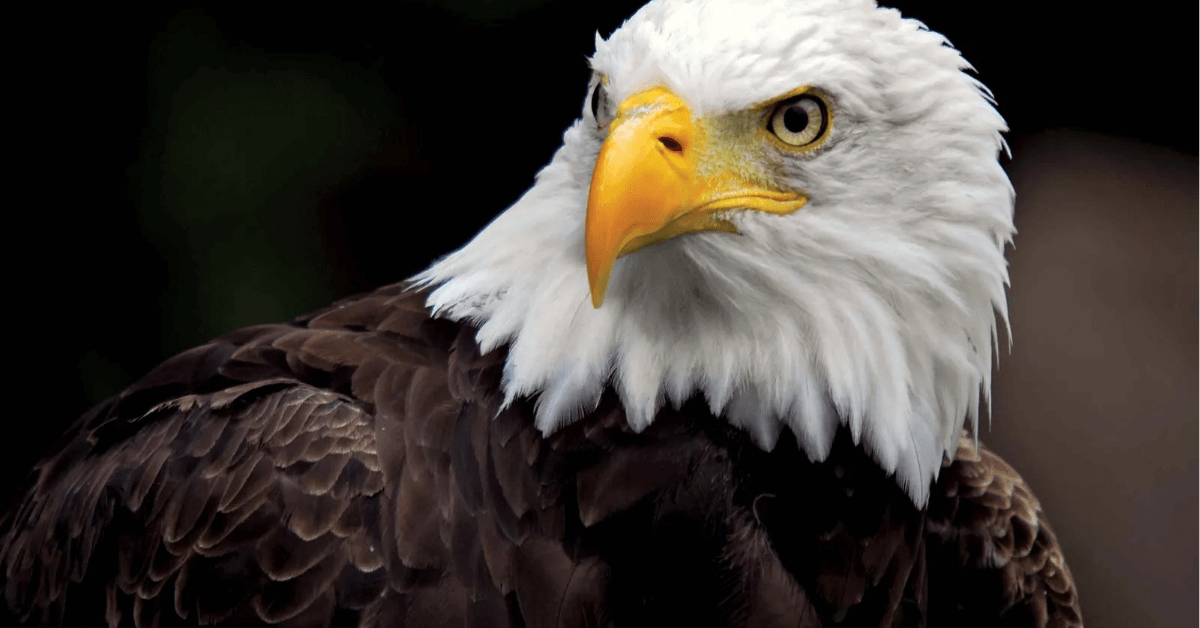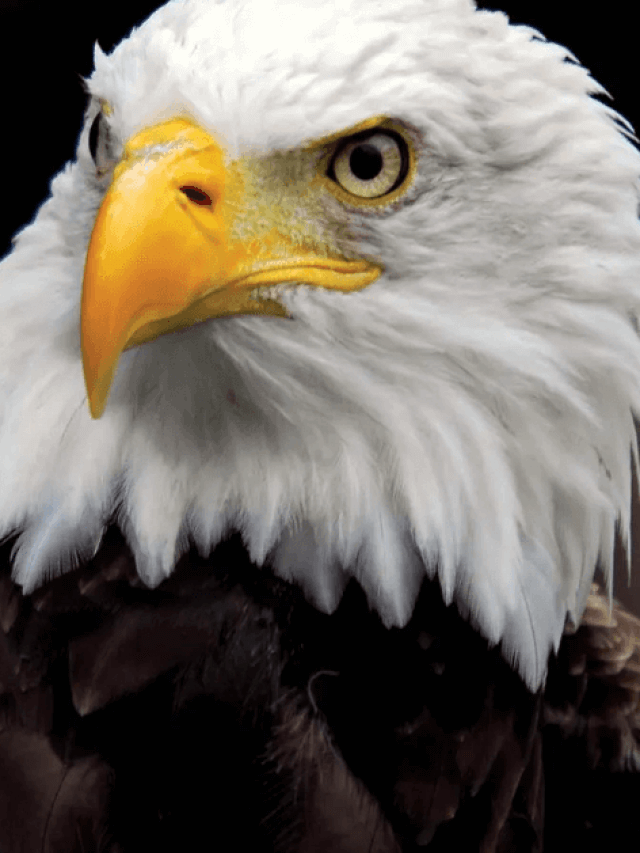Discover the Fascinating World of Eagles
Explore the incredible characteristics, habitats, and cultural significance of eagles. Learn why these majestic birds are symbols of strength and freedom around the world.
Eagles are among the most fascinating and powerful birds in the animal kingdom. Renowned for their incredible eyesight, impressive wingspan, and majestic presence, these raptors have captured the human imagination for centuries. In this post, we’ll explore the characteristics, habitat, and significance of eagles in various cultures.
Physical Characteristics
Eagles are known for their striking features. With strong, hooked beaks and powerful talons, they are perfectly adapted for hunting. Most species exhibit sexual dimorphism, where females are larger than males. Their feathers often range from dark brown to golden hues, depending on the species.
One of the most remarkable aspects of eagles is their eyesight. They can see four to five times better than humans, allowing them to spot prey from great distances. This extraordinary vision is crucial for their survival in the wild.
Habitat and Behavior
Eagles inhabit a variety of environments, from mountains and forests to coastal regions and grasslands. They are found on every continent except Antarctica. These birds are typically solitary or found in pairs, often nesting in tall trees or cliffs.
Eagles are also skilled hunters, preying on a range of animals, including fish, small mammals, and birds. Their hunting techniques vary; some species dive at incredible speeds to catch fish, while others may soar high to spot prey from the sky.
Cultural Significance
Throughout history, eagles have held significant symbolism in many cultures. In ancient Greece, the eagle was associated with Zeus, the king of the gods, representing power and authority. In Native American cultures, eagles are considered sacred, symbolizing freedom and the connection to the divine.
In modern times, the bald eagle has become a national symbol of the United States, embodying ideals of freedom and strength. Its image is used in various emblems and logos, reflecting its status as a powerful and respected creature.
Conservation Status
Despite their majestic status, many eagle species face threats from habitat loss, pollution, and hunting. Conservation efforts are crucial to ensure their survival. Organizations worldwide are dedicated to protecting eagle habitats and promoting awareness about the importance of these incredible birds. Their majestic status, many eagle species face threats from habitat loss, pollution, and hunting. Conservation efforts are crucial to ensure their survival. Organizations worldwide are dedicated to protecting eagle habitats and promoting awareness about the importance of these incredible birds.
Eagles are not only remarkable predators but also symbols of strength, freedom, and resilience. As we continue to admire and respect these magnificent creatures, it’s essential to work towards their conservation. By understanding and appreciating eagles, we can ensure that future generations will also have the chance to marvel at their beauty and grace.
Eagles are not only remarkable predators but also symbols of strength, freedom, and resilience. As we continue to admire and respect these magnificent creatures, it’s essential to work towards their conservation. By understanding and appreciating eagles, we can ensure that future generations will also have the chance to marvel at their beauty and grace.
Whether you’re a birdwatching enthusiast or simply someone who appreciates the wonders of nature, eagles remind us of the incredible diversity and splendor of the natural world.
As we reflect on the incredible world of eagles, it’s clear that these majestic birds hold a unique place in our hearts and ecosystems. Their beauty and strength inspire us to appreciate the natural world around us and remind us of the importance of conservation. By taking action to protect their habitats and supporting wildlife initiatives, we can help ensure that future generations will continue to be awed by the sight of an eagle soaring through the sky. Let’s work together to safeguard these magnificent creatures and the environment they inhabit.

The Majestic Eagle: Nature’s Symbol of Strength and Freedom
What are the different species of eagles?
There are over 60 species of eagles worldwide, including the Bald Eagle, Golden Eagle, Harpy Eagle, and African Fish Eagle. Each species has unique characteristics and habitats.
How do eagles hunt?
Eagles are skilled hunters that use their excellent eyesight to spot prey from high above. They employ various techniques, such as soaring, diving, and ambushing, to catch fish, small mammals, and other birds.
Where do eagles live?
Eagles inhabit diverse environments, including forests, mountains, grasslands, and coastal areas. They build their nests in tall trees or cliffs, often returning to the same nesting site year after year.
How large can eagles get?
Eagle sizes vary by species. The Bald Eagle typically has a wingspan of about 6 to 8 feet, while the Harpy Eagle can weigh up to 20 pounds.
Are eagles social animals?
Eagles are generally solitary or found in pairs, especially during the breeding season. However, they may gather in larger groups in areas with abundant food, such as near open water in winter.
What is the lifespan of an eagle?
Eagles can live a long time in the wild, with lifespans ranging from 20 to 30 years, depending on the species. Some may live even longer in captivity.
Why are eagles important to ecosystems?
Eagles play a crucial role as top predators, helping to maintain the balance in their ecosystems. They control populations of prey species and contribute to the health of their habitats.
What threats do eagles face?
agles face several threats, including habitat loss, pollution, hunting, and climate change. Conservation efforts are essential to protect their populations and habitats.
How can I help protect eagles?
You can support eagle conservation by advocating for wildlife protection policies, participating in local clean-up efforts, and supporting organizations dedicated to preserving eagle habitats.
How can I spot eagles in the wild?
To spot eagles, visit areas near large bodies of water, open fields, or cliffs, especially during their active hunting times. Binoculars or a good camera with a zoom lens can enhance your viewing experience.
Are eagles dangerous?
They are generally wary of people and tend to avoid confrontations. However, they are powerful predators with sharp talons and beaks, which they use to catch and kill prey.






